-
1Step 1: Reproduce "Volga" logical elements
Using album of USSR "Volga" fluidic elements we need to redraw it, model in 3D, model LGA simulation and create prototypes.
Each element would have 50x30x5mm or something like this and represent one elementary logic operation
-
2Step 2: binary neuron experiments
Let's take one XOR element, two RS-triggers and two 2AND elements and combine them into elementary binary neuron with two (or more) inputs. Each input have only two states - On and Off, and weights can be 1 and 0. So we send input to XOR element or not.
Current weight states are stored in RS-triggers, so we can program them before use.
-
3Step 3: Fluidic neurons prototypes
We put neuron schematic into one logic element, let's name this element of Neva series.
As fluidic elements by themselves are small (10x10mm) and only air tracts are take most part of chip space we can put or five elements into the module with the same size as Volga elements.
-
4Step 3/4 Or create neuron boards
One 200x200m board can include about 100 fluidic elements. In can get about 20-30 independent neurons for us.
-
5Step 5: Build NN
Let's take 500+ neurons and commutate them into NN
We need air station with filter block to create good power supply for our sustem
-
6Step 6: Use it for Robot controlling
Let's learn computer model of our NN to react on voice commands.
We need some input buffer which should capture current sound, digitize it and generate on the outputs some spectr matrix which we should use as input signals for our NN.
When we leraned it, we need to program weights matrix in our Fluidic NN and start use it for robot controlling.
 Artem Kashkanov
Artem Kashkanov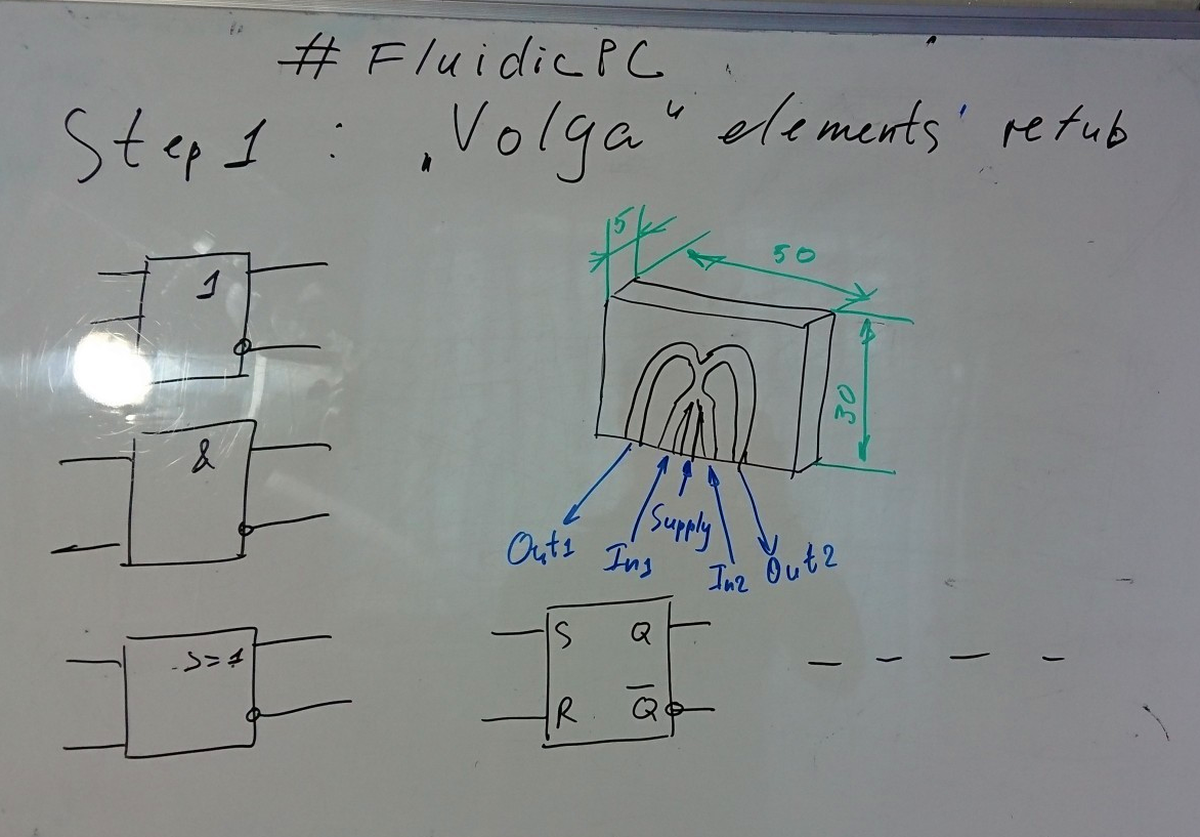
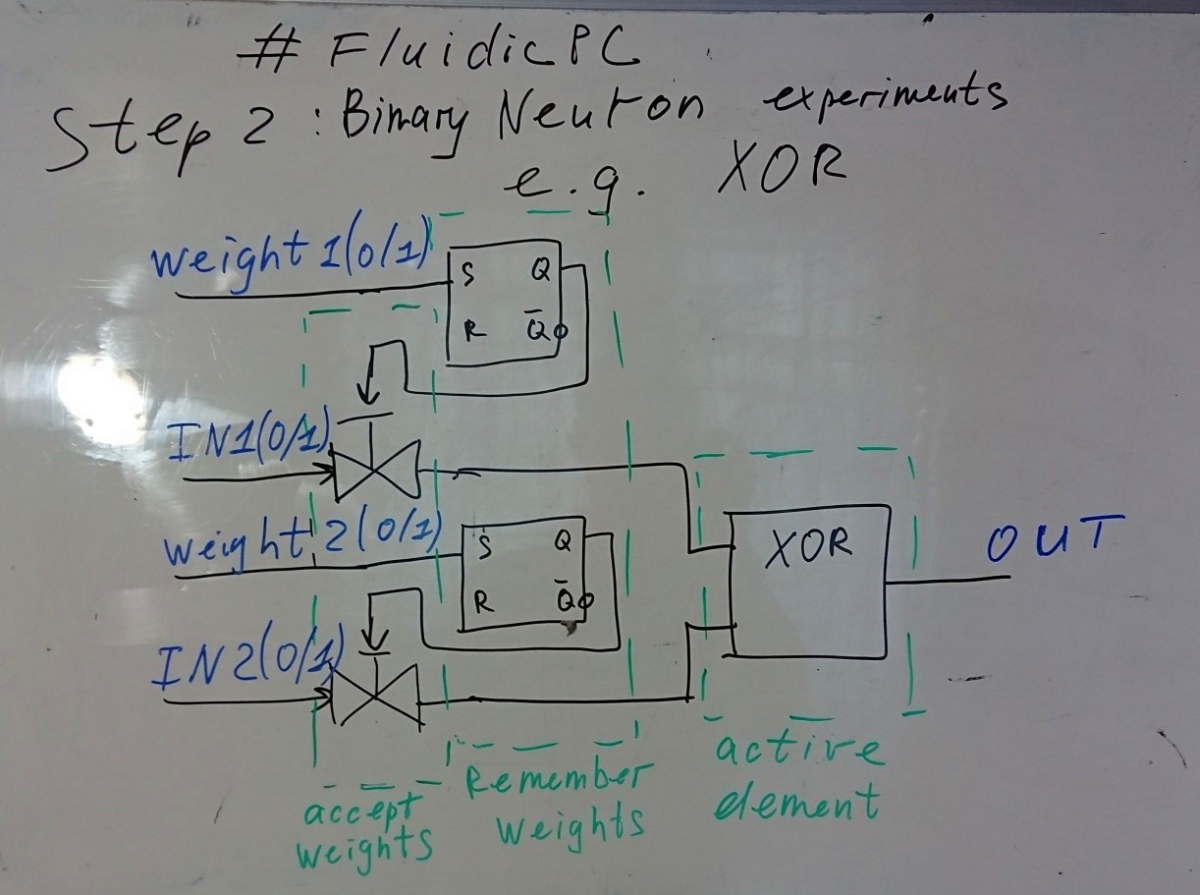
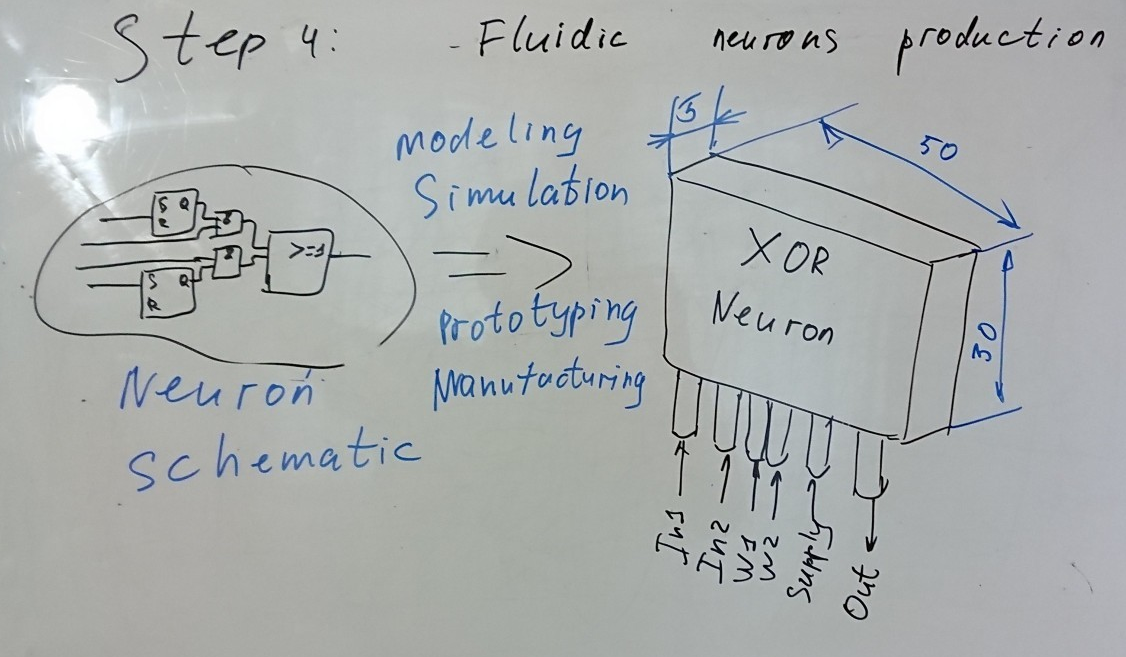
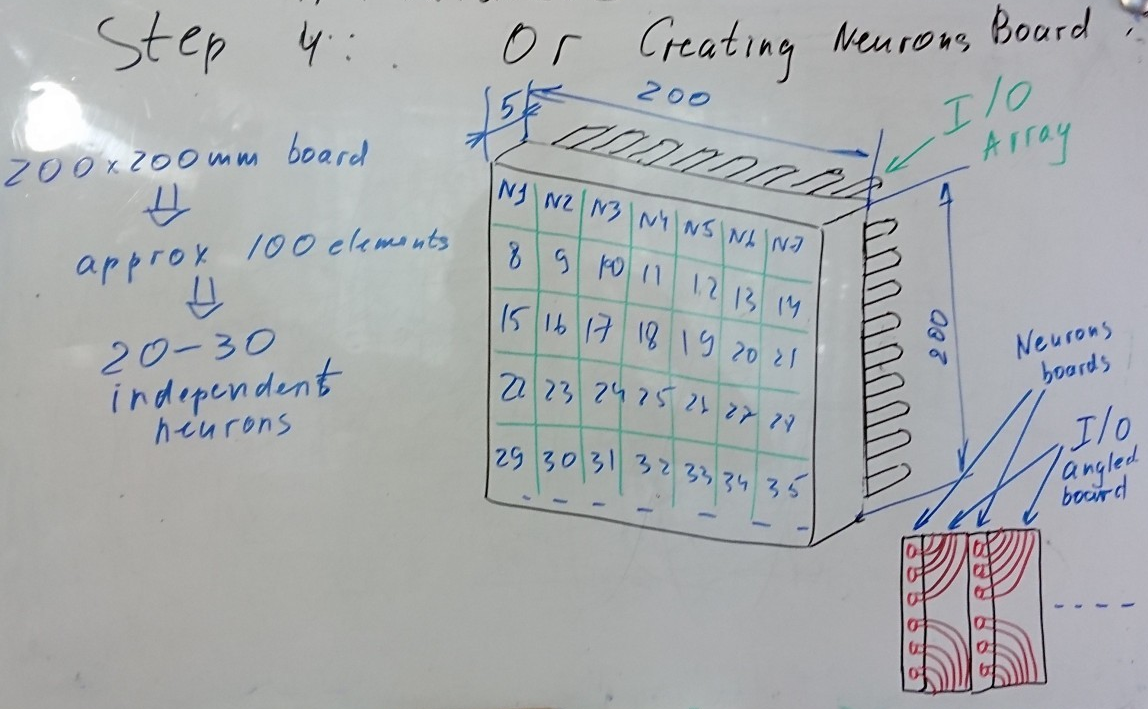
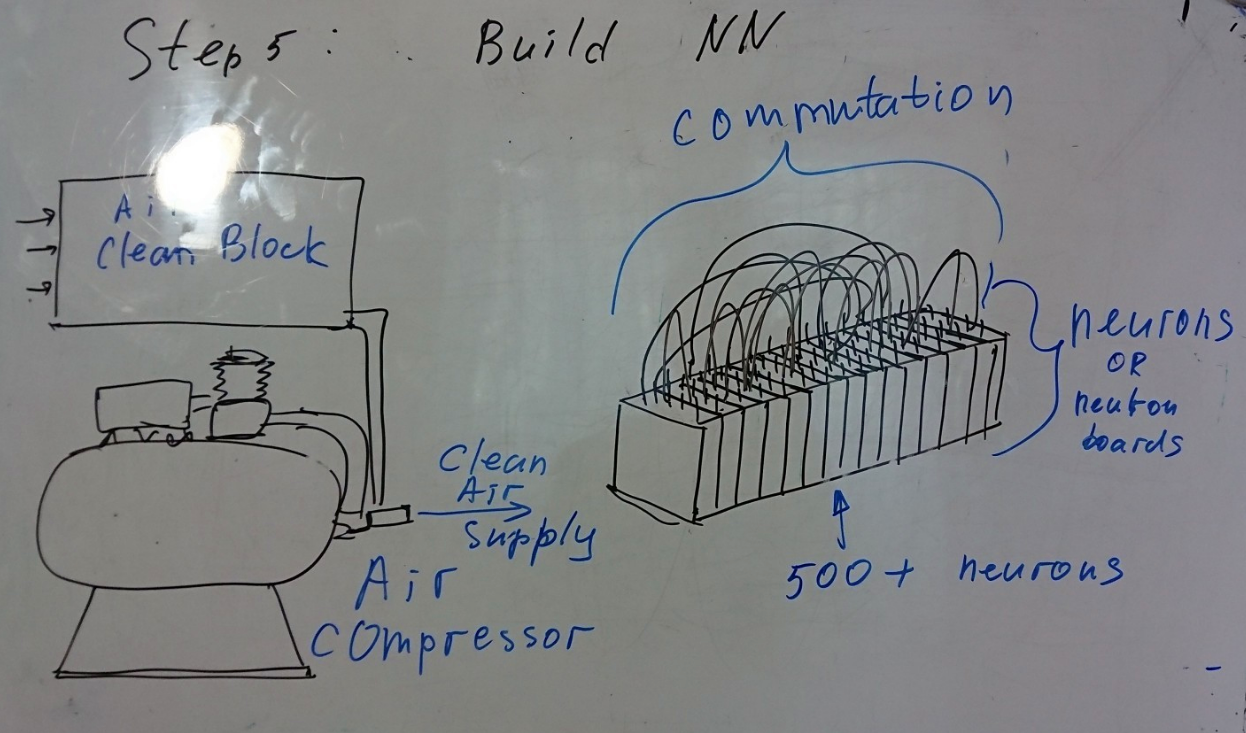
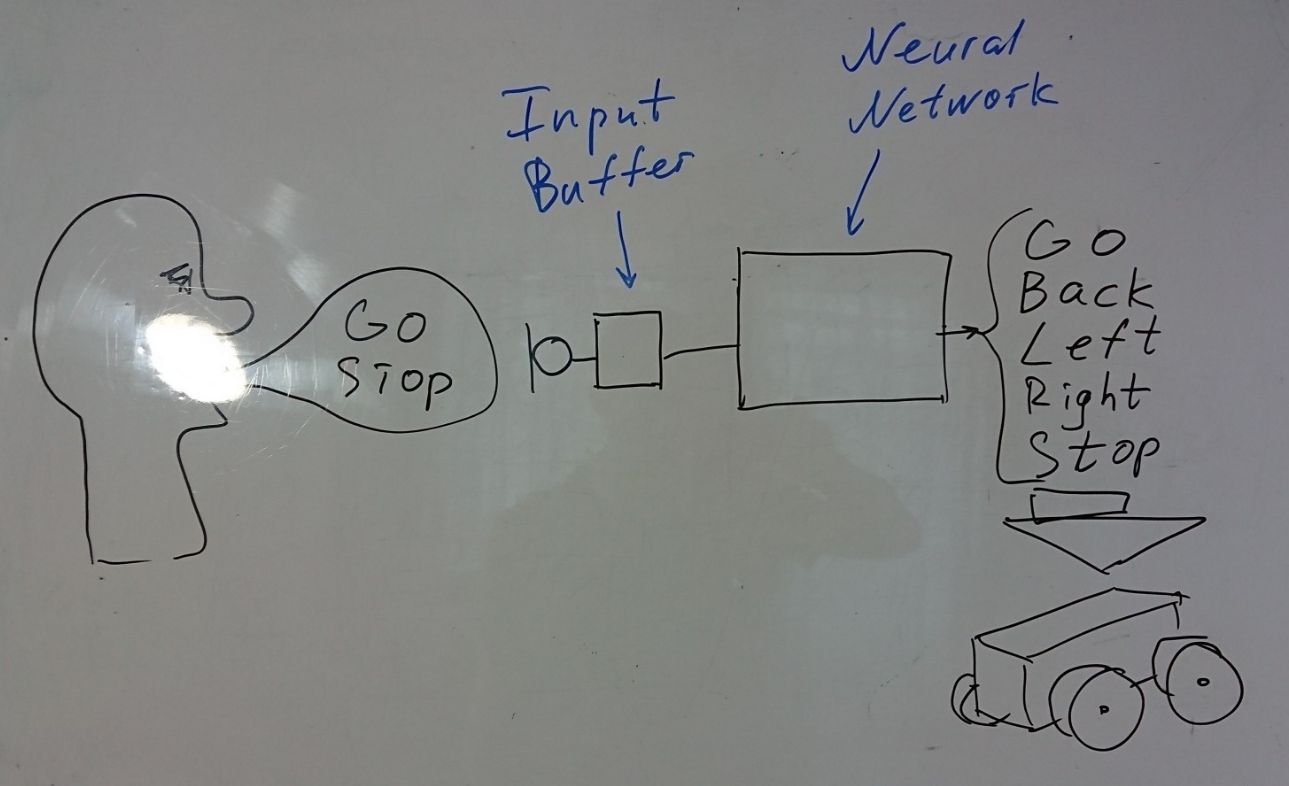
Discussions
Become a Hackaday.io Member
Create an account to leave a comment. Already have an account? Log In.